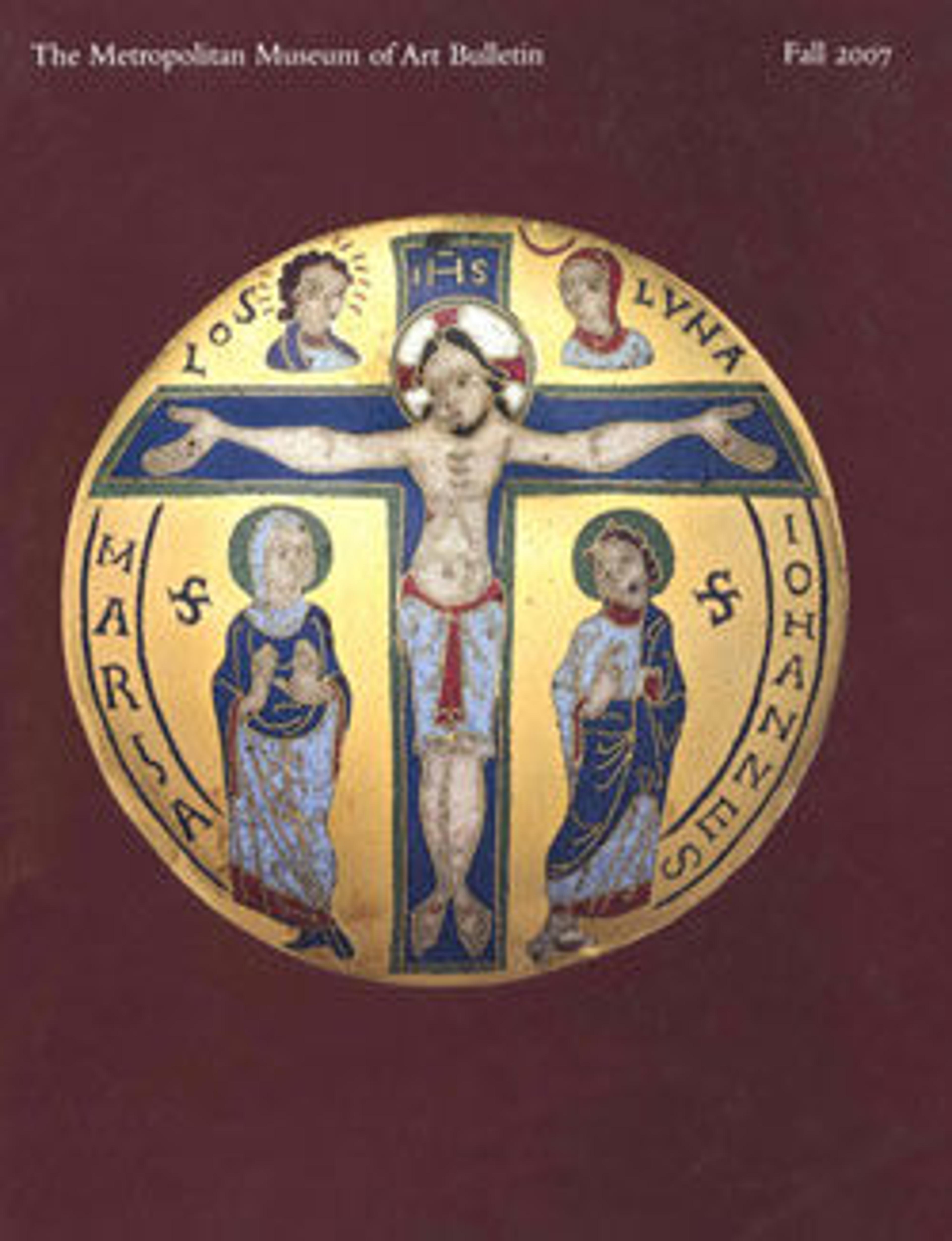Kain kebat (women’s skirt)
The intricately patterned skirts, or kain kebat, of the Kantu' people of Borneo are luxurious ceremonial garments. Kain kebat are worn as formal attire by women on important occasions, especially while performing ritual activities such as setting out food offerings for the gods and spirits or dyeing the threads for weaving textiles. Weavers among the Kantu' and neighboring peoples create two primary forms of ritual textiles: kain kebat and pua. Pua are ceremonial cloths used in a variety of religious rites. The patterns of the pua cloths are said to be so supernaturally powerful that they will make a woman ill if she weaves them continuously. Weavers thus regularly alternate between making pua and less dangerous but equally magnificent skirts and other garments.
The compositions of most Indonesian textiles are strictly symmetrical. Weavers of kain kebat often introduce a slight asymmetry that accentuates the vigor of their patterns. Many of the motifs and patterns on the skirts are named after the plants and animals of the surrounding rainforests and rivers, although their precise significance remains uncertain. The complex curvilinear compositions at times resemble those on ancient pottery from Borneo as well as Bronze Age objects imported centuries ago from the Southeast Asian mainland.
The compositions of most Indonesian textiles are strictly symmetrical. Weavers of kain kebat often introduce a slight asymmetry that accentuates the vigor of their patterns. Many of the motifs and patterns on the skirts are named after the plants and animals of the surrounding rainforests and rivers, although their precise significance remains uncertain. The complex curvilinear compositions at times resemble those on ancient pottery from Borneo as well as Bronze Age objects imported centuries ago from the Southeast Asian mainland.
Artwork Details
- Title:Kain kebat (women’s skirt)
- Artist:Kantu' artist
- Date:early 20th century
- Geography:Indonesia, Borneo, West Kalimantan province
- Culture:Kantu' people
- Medium:Cotton
- Dimensions:W. 18 1/4 × L. 46 1/2 in. (46.4 × 118.1 cm)
- Classification:Textiles-Woven
- Credit Line:Purchase, The Fred and Rita Richman Foundation Gift, 2006
- Object Number:2006.349
- Curatorial Department: The Michael C. Rockefeller Wing
More Artwork
Research Resources
The Met provides unparalleled resources for research and welcomes an international community of students and scholars. The Met's Open Access API is where creators and researchers can connect to the The Met collection. Open Access data and public domain images are available for unrestricted commercial and noncommercial use without permission or fee.
To request images under copyright and other restrictions, please use this Image Request form.
Feedback
We continue to research and examine historical and cultural context for objects in The Met collection. If you have comments or questions about this object record, please contact us using the form below. The Museum looks forward to receiving your comments.
